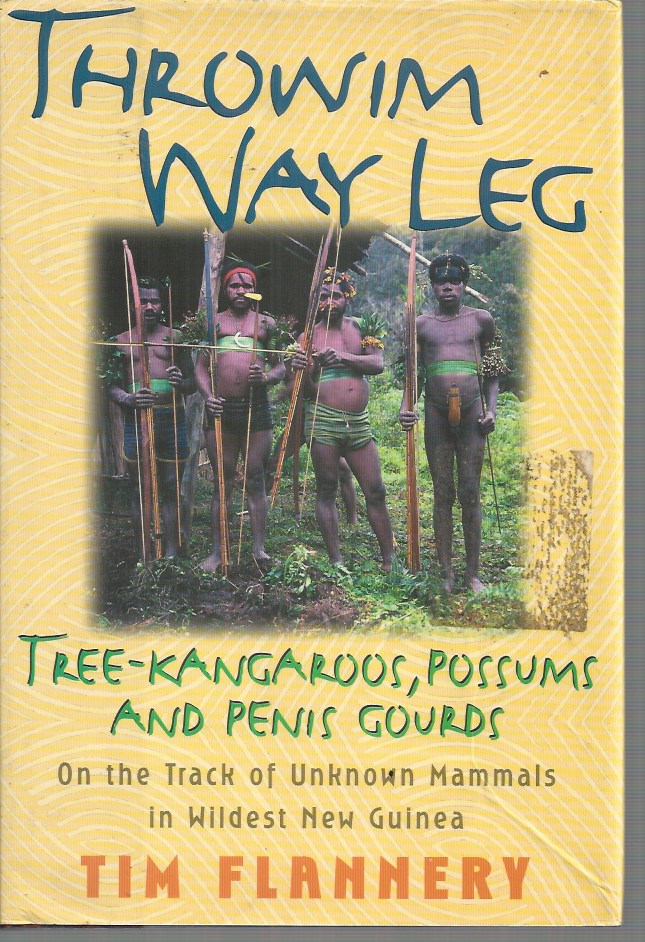PAPUA NEW GUINEA
“On the Track of Unknown Mammals in Wildest New Guinea”
This energetic fusion of natural science and anthropology caused the Times Literary Supplement to declare that in Flannery “”Australia has found its own Stephen Jay Gould.”” Indeed, Flannery’s book is, like Gould’s work, erudite and informing. But Flannery (The Future Eaters, 1994), an Australian biologist who specializes in mammalogy, gives us a much more personal take in this memoir of his scientific and cross-cultural adventures during 15 expeditions to New Guinea–undertaken in order to research the many species of mammals that exist on this large island, which he refers to as “”one of the world’s last frontiers.”” His accounts of crossing the rugged island terrain and enduring onslaughts from snakes, bees, flies and mosquitoes are vivid yet understated. During his explorations, Flannery documented many new species of mammals and discovered the presence of a bat that had previously been considered extinct. The best parts of the book are those in which Flannery tells of his forays into remote villages. His descriptions of the indigenous peoples he met and worked with are sympathetic and often very funny (with the humoUr frequently at his own expense), particularly the tales of the cannibals of Yominbip and Betavip. Flannery accepted funding from the Indonesian PT Freeport mining company, which operates in Irian Jaya, but that doesn’t stop him from voicing his concern that the presence of Freeport has led to civil unrest, violence, racial tensions and environmental havoc. The title comes from New Guinea Pidgin; referring to a first step, it means “”to go on a journey.”” Readers would do well to follow Flannery on this one.
FIRST AMERICAN EDITION. pp. 326 illusts #090423
Throwim Way Leg: Tree-Kangaroos, Possums, and Penis Gourds
$18.00
Sold Out
Additional Information
| Author | Tim Flannery |
|---|---|
| Number of pages | 326 |
| Publisher | Text Publishing Company / Atlantic Monthly Press, New York |
| Year Published | 1998 |
| Binding Type | Hardcover in Dustjacket |
|---|---|
| Book Condition | Near Fine |
